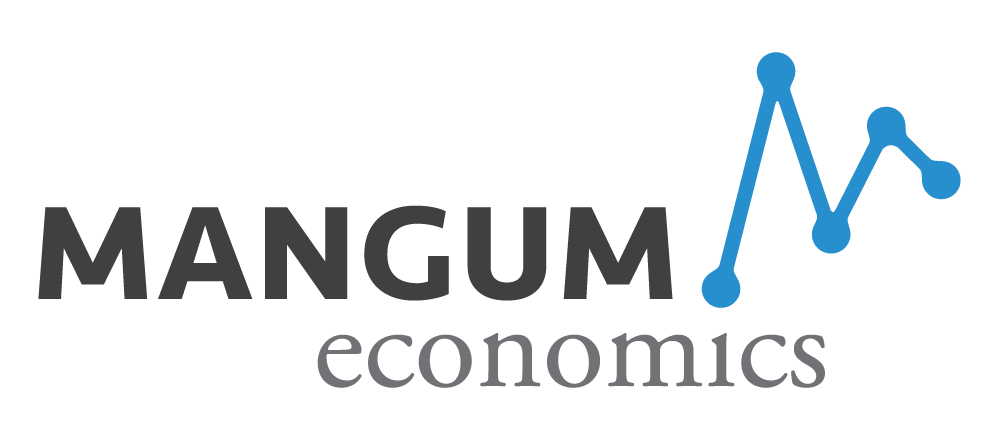The number of Americans filing jobless claims rose by a seasonally adjusted 3,000 to 244,000 for the week ending on August 5 according to a report by the US Labor Department.
The 4 week average was measured at 241,000 , dropping slightly in comparison to the previous month.
Continuing claims for the week ending in July 29 fell by 16,000 to 1.951 million, leaving both the 4 week average and the unemployment rate for insured workers unchanged at 1.965 million and 1.4 percent respectively.
Despite the slight rise in jobless claims, the underlying trend points to the continued tightening of the labor market with employers holding tightly to their existing staff.









